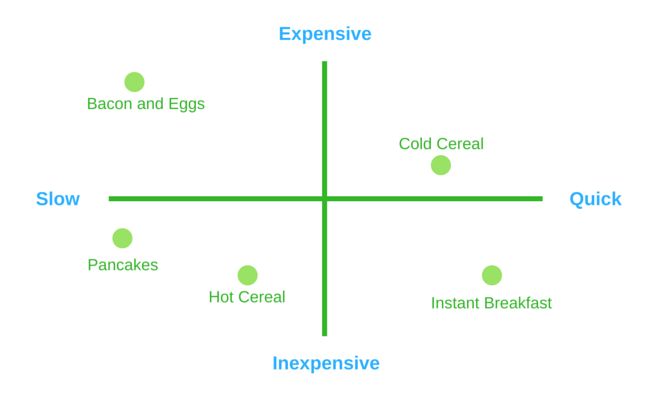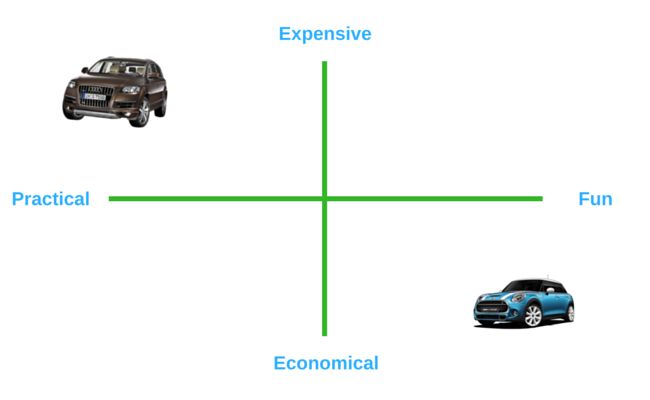Developing a Positioning Statement for Your Business
A positioning statement is a crucial component of any successful business strategy. It concisely communicates the unique value that your business offers to its target audience. By developing a strong positioning statement, you can effectively differentiate your business from competitors and attract your ideal customers.
To create a compelling positioning statement, start by identifying your target audience and understanding their needs and desires. This will help you tailor your message to resonate with them. Consider what sets your business apart from others in your industry and how your products or services solve a specific problem for your customers.
Once you have a clear understanding of your target audience and unique value proposition, distill this information into a concise and impactful statement. Avoid using generic or ambiguous language that could dilute your message. Instead, focus on communicating the specific benefits and advantages that your business offers.
Remember that your positioning statement should be authentic and aligned with your brand identity. It should accurately reflect what your business stands for and the value it brings to customers. Keep it simple, easy to understand, and memorable.
Developing a positioning statement is an ongoing process. It may evolve as your business grows and changes. Regularly review and refine your positioning statement to ensure it remains relevant and effective.
In conclusion, a well-crafted positioning statement is essential for effectively communicating the unique value of your business. By identifying your target audience, understanding their needs, and highlighting your unique selling points, you can create a powerful positioning statement that sets your business apart and attracts your ideal customers.

Positioning is essential in marketing strategy and business strategy overall. It determines how your business differentiates itself from others and what unique value it provides to customers.
A useful template for creating a positioning statement is as follows: "For [target market description] who [target market need], [how our business offering meets the need]. Unlike [key competition], it [most distinguishing feature]."
For example, a social media consulting service could use this template as follows: "For small business owners who want social media marketing but lack the time, our services do it for them. Unlike most social media consulting, we don’t just advise; we do the work."
Another example is a healthy fast food restaurant that could use this template: "For busy people who want healthy foods but need fast meals, we offer organic healthy fast foods. Unlike most fast food offerings, we provide fresh local ingredients, organic grilled options with plenty of vegetables and vegetarian choices, and free-range meats."
These examples demonstrate how a positioning statement sets a business and its offering apart from competitors. It signifies strategic focus and alignment between the target market, market need, and business offering. This tool not only helps you view your business strategically but also enables you to explain your strategy to others when necessary.
To further illustrate positioning, diagrams can be used. For instance, Philip Kotler’s "Marketing Management" textbook features a simple diagram showcasing breakfast positioning.

The diagram shows breakfast positioning, categorizing it as slow or quick, and expensive or inexpensive. Pancakes and hot cereal compete in the slow and inexpensive category, while bacon and eggs stand out as slow and expensive. Instant breakfast is not in the same category as bacon and eggs. This is the essence of positioning.
To create your own positioning diagram, engage in creative thinking and identify variables that strategically divide your market. In the example below, I organized the automobile market based on two factors: economy vs. luxury and practicality vs. enjoyment. To position specific cars, you can place a luxury SUV at one extreme, representing practicality and expense, and a Mini-Cooper at the other, symbolizing affordability and fun.

This positioning diagram stimulates strategic thinking. Consider the competition for the Mini-Cooper and the luxury SUV market. The positioning will guide marketing strategy and messaging.
We can create a formal positioning statement for the Mini-Cooper:
For enthusiasts who desire a sporty, affordable car with excellent handling and acceleration, the Mini-Cooper S is a small car priced at approximately $30,000, a fraction of the cost of a Porsche.
The positioning diagram is similar to the competitive matrix found in many business plans. Kotler first introduced this concept in the 1970s and 1980s.
Similar to the discussion on the competitive matrix, positioning also serves as an internal tool to aid in strategy development and product design. Use it to identify market gaps and unmet needs, leading to improved business opportunities.
Consider your plan’s objective when deciding what to include: competitive matrix, positioning statement, positioning diagram, or a combination. For securing angel investment, include either the positioning diagram or competitive matrix in your pitch deck, not both.
If you prefer the trendy competitive matrix, incorporate it into the section focusing on product, positioning, or marketing. Place it near relevant information and be flexible with the flow of your pitch. For the traditional positioning diagram, keep it in the strategy or marketing strategy section.
Within the plan, incorporate the formal verbal positioning statement as part of the marketing strategy. It succinctly communicates the strategy and can be labeled as a "positioning statement," which marketing professionals will recognize.
For lean business plans, use the positioning statement and diagram to aid in strategy development. Include specific actions to respond to competitive positioning as milestones in your plan.
Hello!
I’m Andrew Brooks, a seasoned finance consultant from the USA and the mind behind phonenumber247.com.
My career is built on a foundation of helping individuals and businesses thrive financially in an ever-changing economic landscape. At phonenumber247.com, my aim is to demystify the complex world of finance, providing clear, actionable advice that can help you navigate your financial journey with confidence. Whether it’s personal finance management, investment strategies, or understanding the nuances of market dynamics, I’m here to share insights and tools that can propel you towards your financial goals.
Welcome to my digital space, where every piece of advice is a step closer to financial clarity and success!
